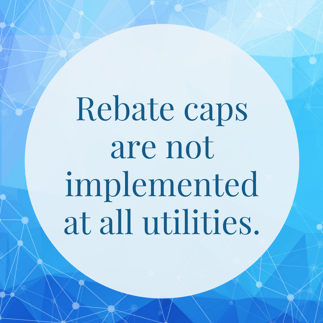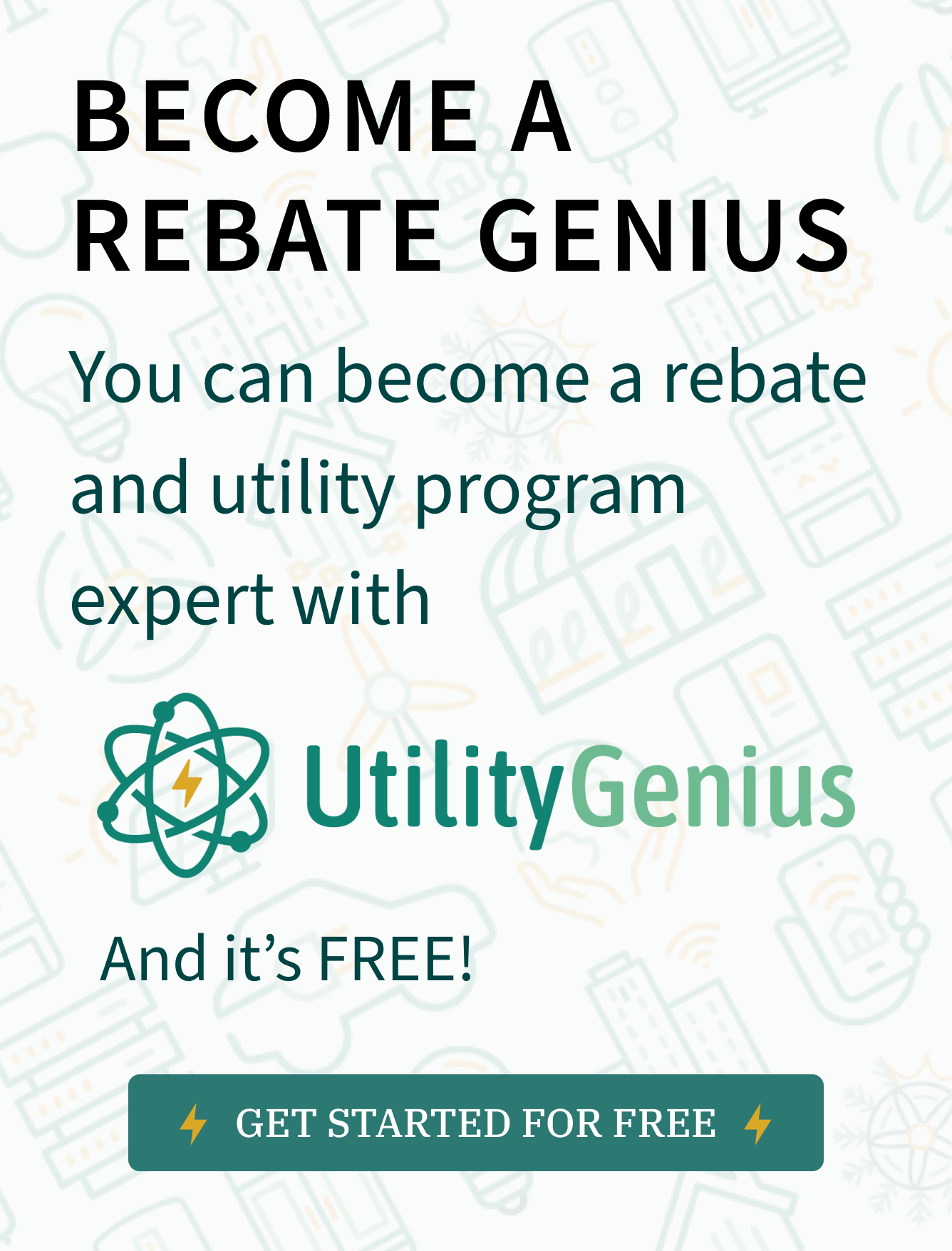This is one of the most overlooked items when applying for rebates - don't let it happen to you.
Rebate Caps.
If you’re working on a project and already committed the rebate amount to your customer without determining if there is a rebate cap, you may decide to make up the difference when the amount is capped or you could have an unhappy customer - either scenario is not good. Use Encentivizer™ and avoid being in the dark about rebate program caps.
Whether you work in one territory or many, we can help you avoid this situation. Contact us today to learn more >
Surprisingly, you don't often hear the term “rebate caps” mentioned. This information is not always prominently communicated by rebate programs and can sometimes only be found in the program manual or the terms and conditions. Unless you are prepared and informed about caps during the rebate process then when you do encounter them, it’s usually not under favorable circumstances. These caps are  not implemented at all utilities, but a lot of programs do have some metric in place. In our experience, programs with smaller budgets usually implement caps to preserve funds for more customers. Beyond equitable funding, some programs do it so customers cannot get their equipment for free - most utility programs do not want to completely subsidize the cost of the energy efficiency upgrade.
not implemented at all utilities, but a lot of programs do have some metric in place. In our experience, programs with smaller budgets usually implement caps to preserve funds for more customers. Beyond equitable funding, some programs do it so customers cannot get their equipment for free - most utility programs do not want to completely subsidize the cost of the energy efficiency upgrade.
So, what is a rebate cap? Quite simply, it is a maximum limit placed on the rebate amount that can be paid out for an energy efficiency upgrade. Utilities use caps to limit the amount of rebate money they pay out to a specific customer or for a specific project. For example, say you’re working with a school district with 9 different accounts within one utility. If the utility has a rebate cap by customer, you would not be able to receive more than a fixed dollar amount in rebates - regardless of how many accounts they have.
Most rebate caps have some type of limitation, either by project or customer (this list is not all inclusive):
- The percent of product cost (this is just the equipment you are purchasing)
- The percent of total installed cost (this is the equipment you are purchasing plus installation)
- A fixed amount on how many rebate dollars a customer can be given in a certain period of time; typically annual
- Based on how it affects the payback for the new measure
Here are some scenarios we’ve come across:
Scenario 1: A customer of ours was ready to present the estimate to their customer when they ran it by us. It was a utility that had a cap that was based on product cost (75%) which reduced the overall rebate. This could have turned out to be a headache to deal with - overstating the rebate and what’s available can be frustrating for the customer. Encentivizer prevented this problem by informing them of the cap details so they did not present the incorrect rebate amount to their customer.
Scenario 2: A current customer submitted the rebate to the utility and found out from the utility that the cap reduced the rebate amount and called us to find out why. We went over what they had submitted to the utility and went through the program details with them in Encentivizer. As it turns out, they didn't include the installation costs for this project. Once we told them they could do that, they were able to submit that information and the cap no longer impacted the rebate amount.
Have more questions about Rebate Caps? We can help. Get in touch with us today.
Ask a question now or have someone call you hello@encentivenergy.com
.png?width=500&name=2019%20e%20news%20spotlight%20logo%20(1).png)




